The Watervliet arsenal complex originally was built to house and manufacture weapons for the War of 1812. During the Civil War, it specialized in gun cartridges and artillery carriages. The facility today is a primary site for making state-of-the-art tank cannon, howitzers, mortars, and recoilless rifles.
Civil
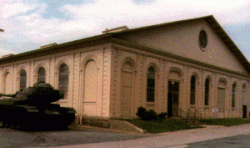
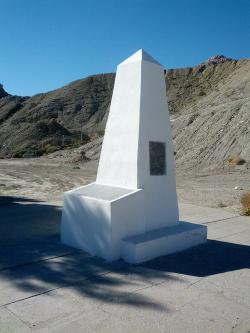
William Emory was an 1831 graduate of the U.S. Military Academy at West Point. When the Mexican War broke out, he was assigned as chief engineer officer to General Stephen Kearny, whose army traversed largely unknown territories in the West. The U.S. War Department would later print 10,000 copies of Emory's Notes of a Military Reconnaissance, which made a significant contribution to understanding the geography and topography of the Southwest.
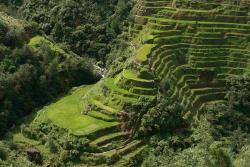
This is the oldest and most extensive use of terraces in the world. The 20,000 hectares of terraces represent a rearrangement of the Cordillera Mountain Range from bedrock to topsoil. The engineering principles of hydrology, sustainable development, and efficient use of water resources and irrigation are all embodied in the careful design of this ancestral land management program.
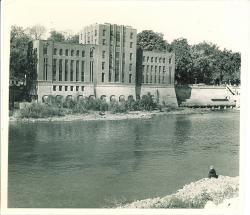
The Hydraulics Laboratory at The University of Iowa, renovated in 2001 and in 2003 renamed the C. Maxwell Stanley Hydraulics Laboratory, is the oldest university-based hydraulics laboratory in the U.S. that continuously has focused on research, education, and service in hydraulic engineering. Since its initial construction in 1919, the facility and staff have produced a massive amount of research that has shaped water-related constructs around the world. Its efforts have been guided by noted directors such as Floyd Nagler (1920-1933), Hunter Rouse (1944-1965), and John F.
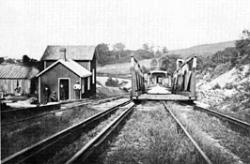
Morris Canal was built to transport coal from the Lehigh Valley of Pennsylvania to industrial markets in Newark and New York. The total length of the canal was 106 miles. The canal climbed an astonishing 914 feet from Newark Bay to the summit at Lake Hopatcong, and then dropped 760 feet to the Delaware River at Phillipsburg. This gave the canal an average vertical slope of 18 feet per mile, steep compared to the contemporary Erie Canal's relatively gentle slope of one foot per mile.
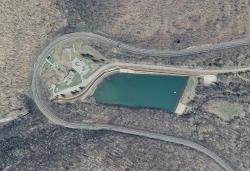
One of the earliest and most impressive of America's great railroad engineering feats, the Horseshoe Curve was built as a means of overcoming a straight-line grade over the geological feature known as the Allegheny Escarpment or Allegheny front, which separates the ridge-and-valley section of Pennsylvania (on the east) from the Allegheny Front (on the west). Such a straight-line route would have made commercial railroad operations unfeasible from both and economic and technical standpoint.
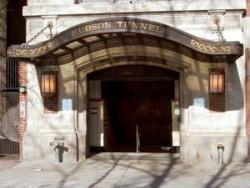
A transportation tunnel under the Hudson River connecting Manhattan and New Jersey was first considered in the 1860s, fueled by New York City's rapidly growing congestion and the inadequacy of existing ferry service to population centers across the river. DeWitt Clinton Haskin, an engineer formerly with the Union Pacific Railroad, started the project in 1874 and subsequently endured an extended lawsuit, several failures of the tunnel wall, and an exhaustion of funds before quitting in 1887 with only 1,600 feet completed.
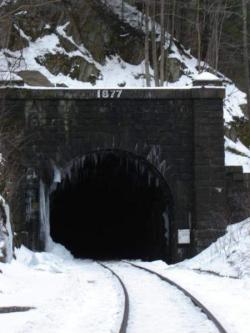
When first proposed in 1819, the Hoosac Tunnel seemed so logical. It would provide an efficient and direct route for the Boston and Albany Railroad, whose pathway meandered 20 miles along precipitous grades. Early proponents, however, could not have imagined that blasting a 4.75 mile tunnel through the Hoosac Mountain would require over 20 years of labor. The project took so long to complete that it was commonly referred to as "The Great Bore."
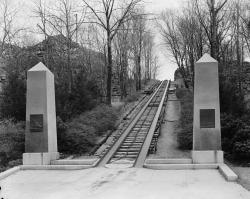
The Granite Railway Company of Quincy was the first commercial railway in the United States. Incorporated in 1826 and designed by Gridley Bryant, the railway relied on horses, rather than steam locomotives, to draw the cars along the tracks. Its primary purpose was to transport granite from Quincy to build the Bunker Hill Monument.
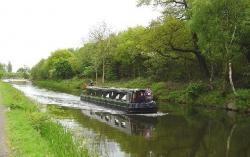
It took 22 years to complete the 35-mile waterway, as funding problems caused the work to shut down from 1777 to 1785.
The notion of creating a canal that crossed Scotland was conceived in the 17th century during the reign of Charles II, but would not be realized for nearly 100 years. The Forth and Clyde Canal, known as The Great Canal in its early years, was the first major transportation project in Scotland and the world's first man-made, sea-to-sea ship canal.
Innovations
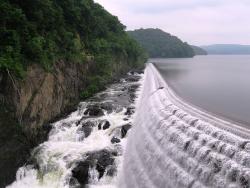
Inferior water and the lack of a sufficient water supply prompted public pressure to find a significant water source for the 360,000 of people living in New York City at the time. Studies determined that the Croton River, 40 miles north of the city, was the best available source. The original…
Read More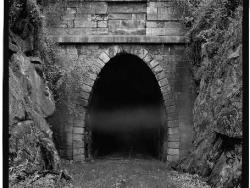
One of four single-track tunnels built by the Blue Ridge Railroad, the 4,273-foot Crozet Tunnel was constructed at a time when hand drills, pickaxes, and black powder amounted to state-of-the-art tunneling technology. At the time of its completion, it was the longest railroad tunnel in…
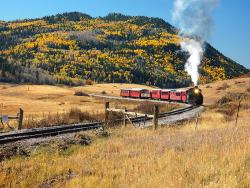
Winding over 64 miles through the majestic San Juan mountains, the narrow-gauge railway known today as the Cumbres and Toltec Scenic Railroad was built as a branch of the extensive Denver and Rio Grande Western Railroad that ran through western Colorado and most of Utah. It originally…

The largest rolled-earth fill dam in the world at the time of its completion, Denison Dam eventually served as a prototype for dam construction in future U.S. Army Corps of Engineers projects throughout the arid plains of the American Southwest. Procedures and equipment developed during…
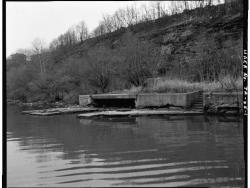
Before the Davis Island Lock & Dam were built, the flow of the Ohio River slowed to little more than a trickle during dry periods. For several months each year, the unreliable flow stranded Pittsburgh's steamboats, towboats, and barges.
The Davis Island Lock &…
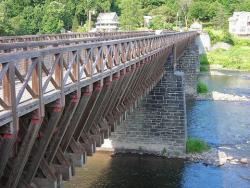
The Delaware Aqueduct provided an important transportation link between the Pennsylvania's coalmines and New York's booming industrial marketplace. It is the earliest surviving work of John A. Roebling, who designed the Brooklyn Bridge 30 years later. The cable anchorage system first…
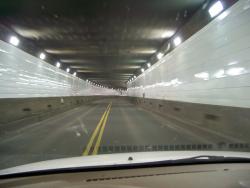
The Detroit-Windsor Tunnel is a 5,160-foot structure that carries traffic under the Detroit River between Detroit, Michigan and Ontario, Canada. Privately financed, built, and owned, it was completed in 26 months, 10 months ahead of schedule.
The project's engineer, the firm of…
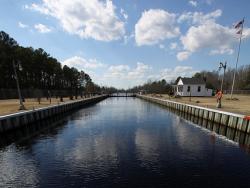
The Dismal Swamp Canal was created as a 22-mile waterway, extending from Deep Creek, Virginia to South Mills, North Carolina. The canal enabled North Carolina producers of building and agricultural products to deliver goods to the Port of Norfolk where they were transferred to ocean-going…
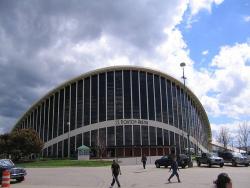
The Dorton Arena was the first use of a cable-supported roof system in the world. Commissioned in 1949 by North Carolina State Fair manager J.S. Dorton, the new building was intended to be a livestock judging pavilion. Architect Matthew Nowicki (1910 - 1950) proposed a structure that…
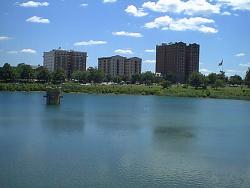
Like other American cities in the late 19th century, Baltimore had grown so quickly its supply system was unable to provide city residents with a dependable supply of water. Two reservoirs built outside the city helped increase capacity, but heavy rainfalls in the largely agricultural area…
Read More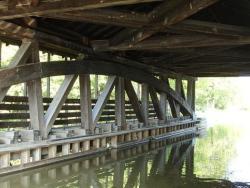
The significance of the 15-mile Whitewater Canal was not in its ability to create a profit, but rather its effect on the economic growth of the Whitewater River Valley, considered the gateway to the interior of Indiana. Before the canal, travel was challenging. Most waterways in Indiana…
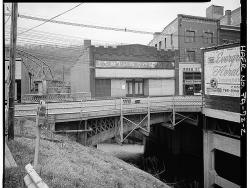
Not only was Dunlap's Creek Bridge the first cast-iron bridge in America, it was the first metal bridge anywhere to use what its builder, Capt. Richard Delafield, U.S. Army Corps of Engineers, described as "standardized, interchangeable, manufactured parts." The bridge was built as part…
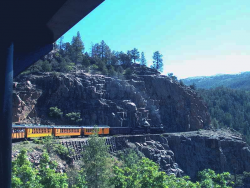
The Durango-Silverton Narrow Gauge Branch of the Denver & Rio Grande Western Railroad extends from the town of Durango to the mining camp of Silverton. Built in 1882 through one of the most rugged mountain areas of the nation, its complexity remains a testament to the role civil…
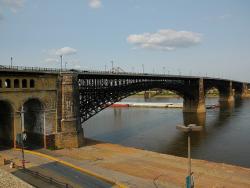
In the decade following the Civil War, the Mississippi River began to lose its standing as the primary transport artery in the Midwest. Railroads were taking over, and Chicago was rapidly becoming the center of Midwestern commerce. The Eads Bridge was the first major railroad link over…
Inventions credited to the Ecole Nationale des Ponts et Chaussees and its graduates include: prestressed concrete, lighting gas, and the optical lens. The school and its graduates also have been central to research in the diffraction of light, the applications of concrete, and the…
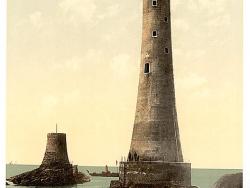
An early image of the James Douglass lighthouse, with the stump of the Smeaton-designed building beside it.
Eddystone Lighthouse is located in the English Channel, 14 miles south of Plymouth, England. The reef upon which it stands was the source of many shipwrecks... and…
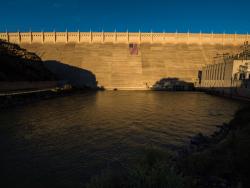
One of the first major efforts to increase farming and encourage habitation in the arid regions of the western United States, the Rio Grande Project was designed to provide reliable irrigation as well as resolve a dispute over water supply with the Republic of Mexico. The project's centerpiece…
Read MoreThe Wheeling Suspension Bridge was the first bridge to span the Ohio River. It was initially completed in 1849, but destroyed by a tornado five years later. The bridge was rebuilt in 1856. The replacement bridge has the same general appearance of the original structure; the massive towers,…
Read More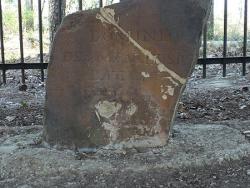
The stone was set by the joint U.S.-Spanish survey party on April 10, 1799. Made of sandstone, it is roughly two feet high and eight inches thick. On the north side of the stone is the inscription "U.S. Lat. 31, 1799." On the south side is "Dominio de S.M. Carlos IV, Lat. 31, 1799."
…
Read More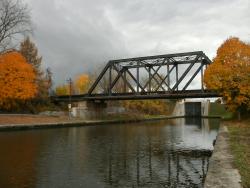
In its day, the famous Erie Canal was the world's longest canal and America's greatest engineering feat. It was the principal route for emigrants from the East and agricultural products from the West. Before construction of the canal, New York City was the nation's fifth largest seaport, behind…
Read More

